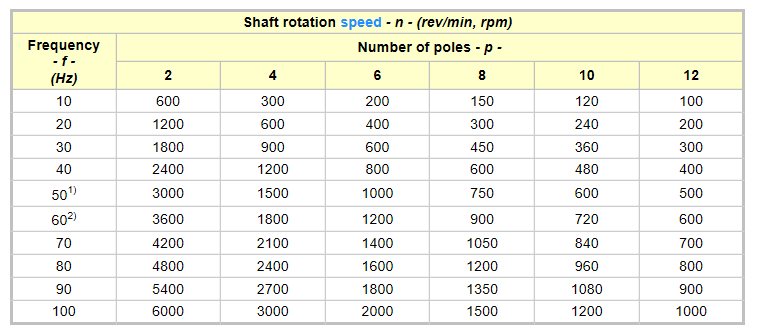I recently got my hands on a Philips PM8110 (a single pen recorder which is basically an analog printer for voltages) which sadly provides paper with a velocity of 8 cm/hour. Although this would be ideal for measuring temperatures of the environment, it's not really efficient for what I want to use it for (toying around with it since this is an old inefficient technology but I just love the device). Now, I figured out that the paper supply is driven by a synchronous motor which, when supplied with a 50 Hz 100 V signal (supplied from wall via transformer) rotates once per hour.
Since I want to increase the paper speed to around 8 cm/min, I would need to supply the synchronous motor with a 3000 Hz signal [a high accuracy is not really required].
Question 1: Not looking at how to obtain this signal yet, is this even a possible method? Can the synchronous motor even handle such a huge increase in frequency?
Question 2: Suppose the answer to question 1 is yes, how can I multiply the incoming frequency by 60 (or about, so it might become x64 if multipliers would be used). Is there an IC for this? In the ideal situation, I would like to keep this motor (since it's the original) and with a switch, switch between the original 8 cm/hour to a side with a potentiometer for a variable paper speed. I looked on the internet of course but could not find a definitive answer on whether or not there is actually a really simple, small, realizable method.
I guess that if the answer to question 1 is 'no', I would have to search for another motor with the desired rotational velocity (whether this would still be a synchronous motor or not) and install it in the device which, as mentioned previously, is not preferred. Any other methods or some inspiration is also really appreciated.
I would love to get some insight into this,

